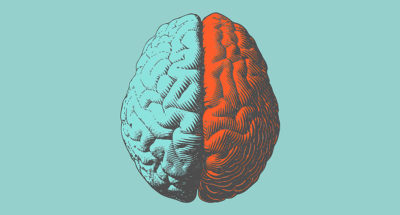
My Mindful Brain for K-3
Students learn about the three parts of the brain–the amygdala, the hippocampus, and the prefrontal cortex–involved with emotion regulation, attention, and learning to engage their interest and enhance their self-awareness.

Students learn about the three parts of the brain–the amygdala, the hippocampus, and the prefrontal cortex–involved with emotion regulation, attention, and learning to engage their interest and enhance their self-awareness.
Students will:

Note to educator: This activity can be implemented at a subsequent time. The intention is to assist students with the transfer and application of their learning about the brain to everyday activities.
MIndUP™ — Since 2003, MindUP has been helping children develop the mental fitness necessary to thrive in school and throughout their lives. MindUP is the signature program of The Goldie Hawn Foundation, a not-for-profit organization created in response to the global epidemic of childhood aggression, anxiety, depression and suicide. Based firmly in neuroscience, MindUP gives children the knowledge and tools they need to manage stress, regulate emotions and face the challenges of the 21st century with optimism, resilience and compassion. www.mindup.org
Learning about the brain and how it impacts our thoughts, emotions, and actions helps to develop students’ self-awareness, or the ability to be aware of their inner lives.
As students grow in self-awareness, they cultivate their ability to know how and when to use self-management skills such as navigating emotions in a healthy way (i.e., emotion regulation), persistence, asking for help, setting goals, empathy, and other crucial skills for success.
Indeed, studies have found that teaching students to effectively manage their thinking, attention, and behavior can lead to better grades, higher test scores, and stronger relationships.

Do you want to dive deeper into the science behind our GGIE practices? Enroll in one of our online courses for educators!
Comments